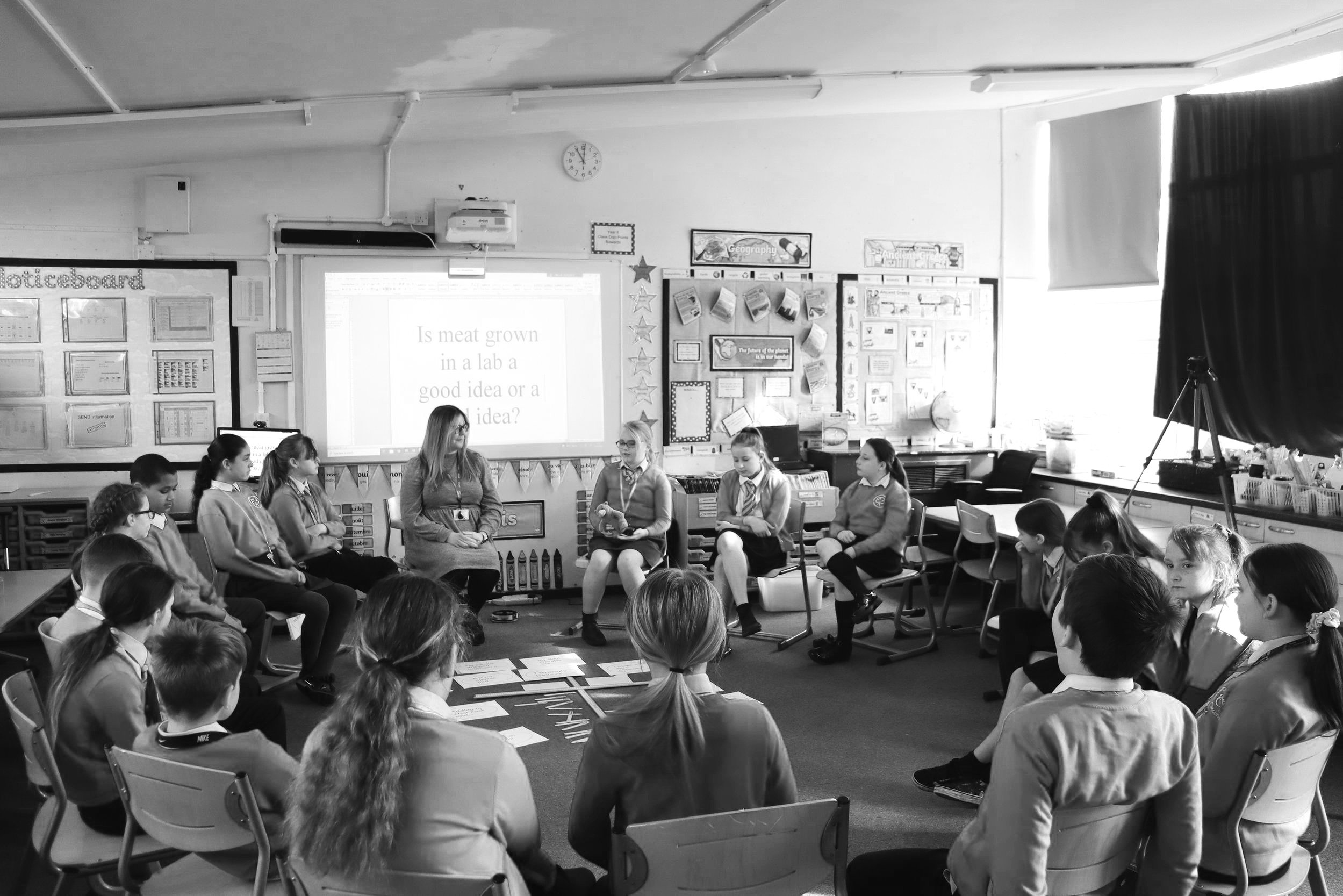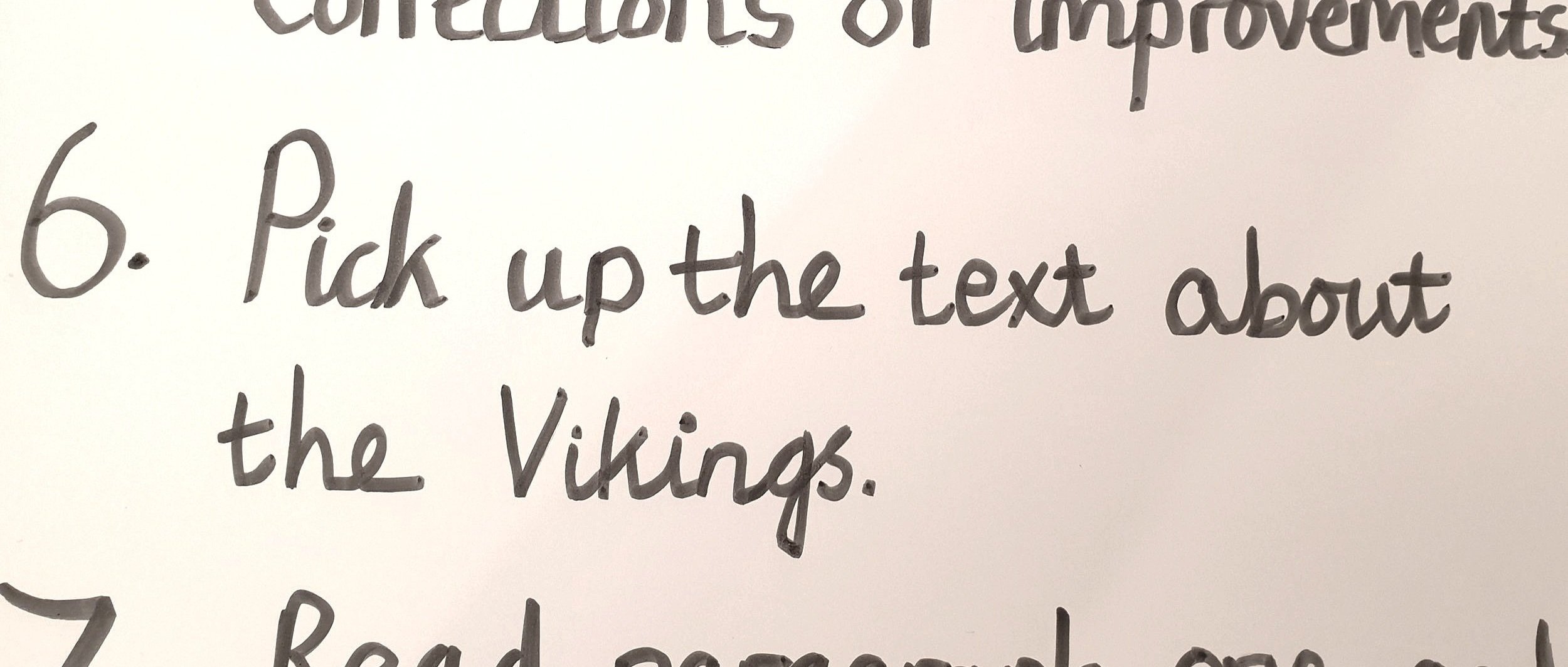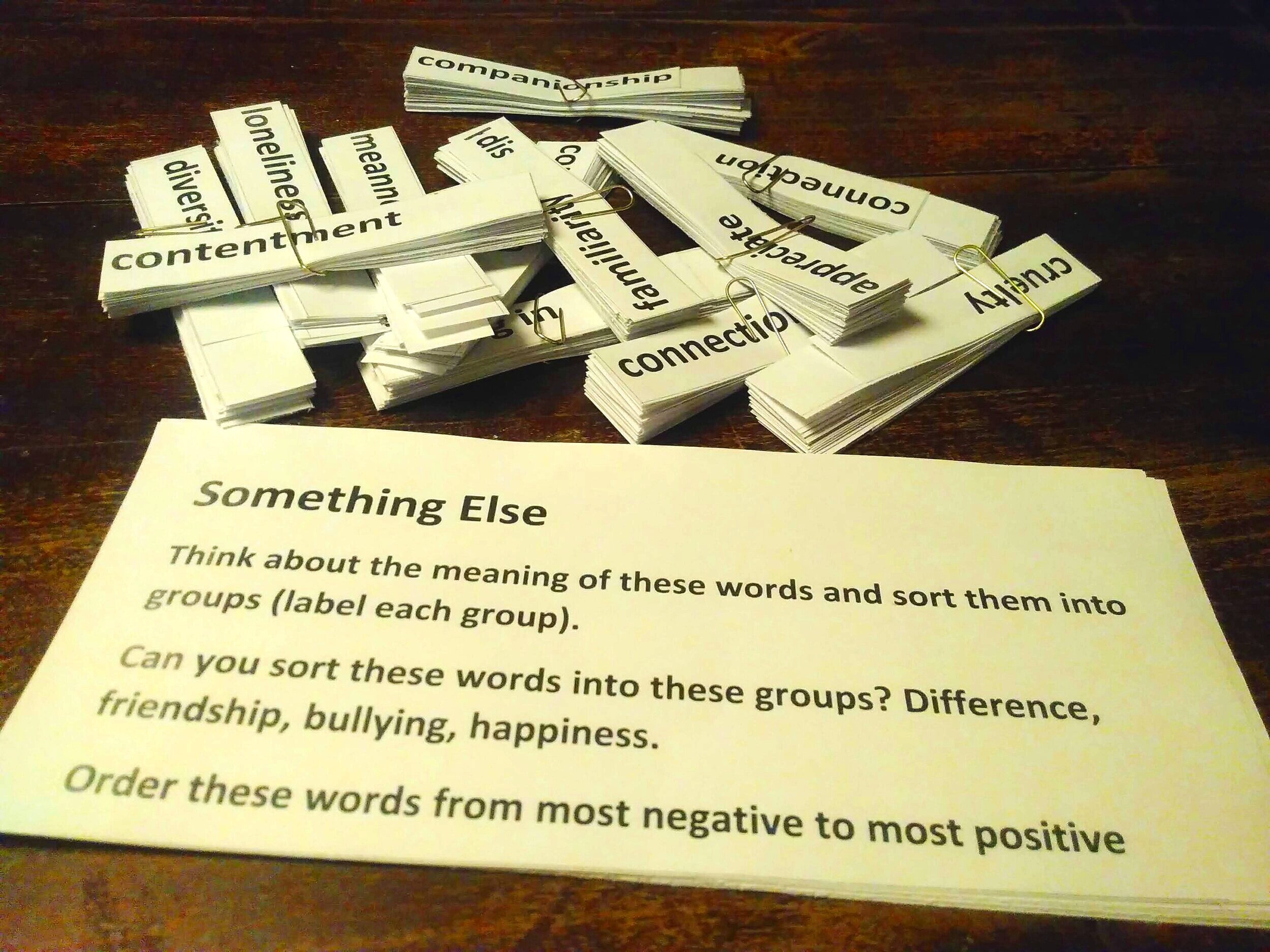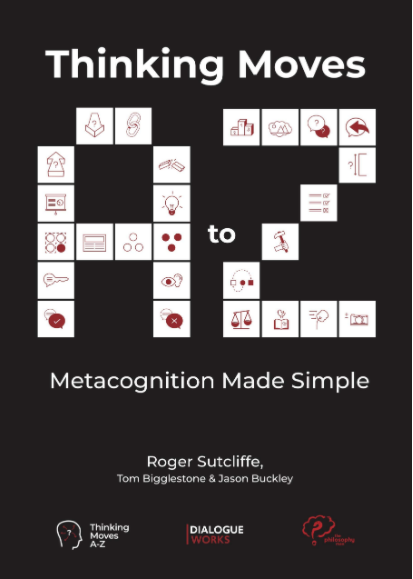Here are some strategies to promote active listening:
Teacher Talk Moves
Get the habit of asking your students these two questions to ensure pupil talk is impacting on learning:
Has anyone got a different idea? (This makes it clear you don’t want the same thing repeated – so they need to have listened!)
What do you think about what X said? (In a classroom of ‘critical listeners’, everyone should be continually thinking about whether they agree or disagree with what their peers are saying.)
Instructions
Use active listening instructions such as these:
I’ll tell you three key points – then I will call on three of you to repeat these key points so everyone can hear them again.
I will be using lolly sticks after this task and asking some of you what your partner thinks.
I’m now going to talk to you for a few minutes about [topic]. Listen carefully and then I’ll call on one of you to summarise, and a couple of you to add to that summary. You may want to make notes.



Pupils giving attention to the speaker
How one teacher got everyone thinking, talking, listening and learning
How one Salford teacher has improved oracy in her classroom using The Volumiser!
Another simple way to increase interaction and develop pupil talk
Seven quick activities to develop talk, listening and non-verbal communication
A super online collection of images to get children thinking and talking.
A simple way to help learners structure their talk, thinking and note-taking.
Starting with simple/fun questions in Early Years helps children develop the skills to consider deeper ('more philosophical') questions over time.
By naming 26 ways of thinking in a simple alphabetical structure, the new Thinking Moves A-Z provides a language for teachers and students to reflect on their own cognitive processes - enhancing thinking and deepening learning.
An example of raising engagement in learning using the power of open questions.
When using random selection in whole class learning, if a child doesn’t respond, there are several options.
Children continually reflecting on their learning and selecting the right level of challenge.
I’ve noticed it’s useful to provide Pupil Talk Prompts that enable them to ask for thinking time or help.
‘Hands up’ is a very common way of inviting pupil participation in lessons. However, research shows that typically only around 25% of the class raise their hands.
Year 4 and Year 6 children discussing the advantages of doing P4C.



























